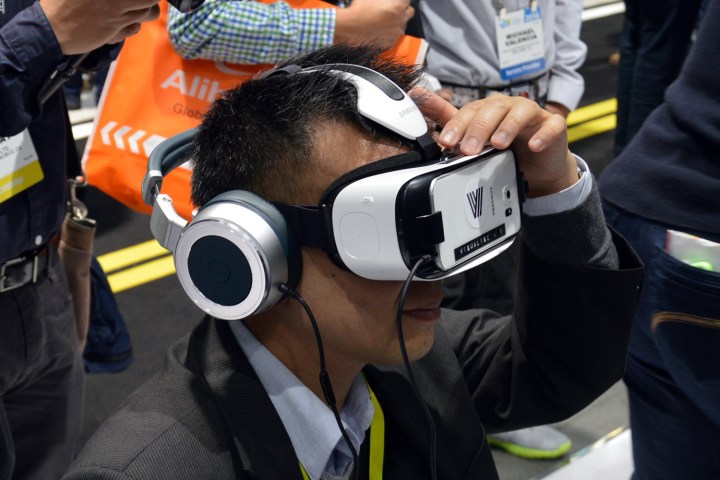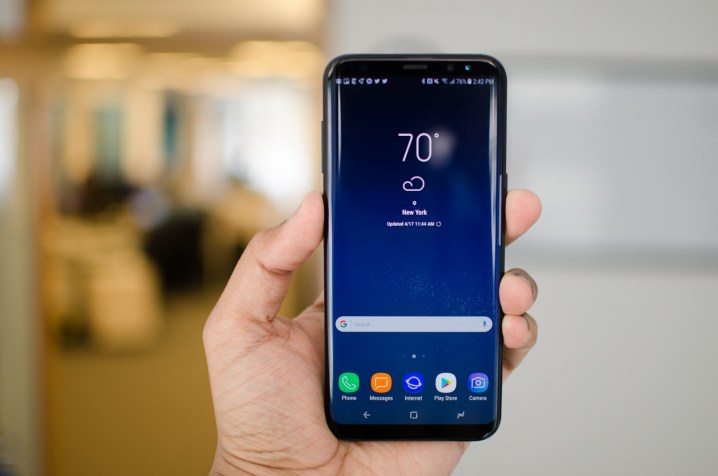
“We are working with Samsung on the Ambeo smart headset to make it available for Android devices,” Andreas Sennheiser, the company’s CEO, told reporters at the IFA Global Press Conference in Portugal. “[South Korea is] one of the most technology-savvy countries […] A dominant layer of the smartphone market is Android-based phones.”
Three-dimensional audio, otherwise known as binaural audio, is a reproduction of sound the way human ears hear it. Using a special microphone arrangement that simulates the shape and position of human ear canals, the arrival time, loudness, and timbre (e.g., character or quality), sound can be captured naturally — headphone listeners hear sounds from all directions.

Sennheiser’s Ambeo Smart Surround earbuds, which the firm showed at the 2017 Consumer Electronics Show in January, is one of the first binaural recording devices that does not require a big, bulky rig. The earbuds, which wrap around the ear, contain microphones that capture three-dimensional sound. “It places the listener in the exact original sound field, so whether you capture a rainforest or a buzzing city, listening to the binaural recording will make you feel you are there,” Sennhesier said in a press release.
It is not a perfect system. The Ambeo only works with specially encoded content, and recording requires a companion smartphone app. But there is obvious potential for virtual and augmented reality, where binaural recordings can potentially lead to more immersive experiences. It is not too difficult to imagine an Ambeo-compatible version of Samsung’s Gear VR headset.
And it is a smart move for Sennheiser, considering Samsung’s market share. In February, the Seoul, South Korea-based company ranked second among individual smartphone manufacturers with a 17.8 percent share of worldwide sales.
The collaboration is all the more interesting in light of Samsung’s recent acquisition of Harman, which has several audio firms under its brand umbrella. Samsung bundles a pair of AKG in-ear headphones with its latest smartphones, including the Galaxy S8, but hasn’t announced intentions to enter the binaural space.
The partnership with Samsung would appear to accelerate Sennheiser’s Android development timeline. In a statement last week, the company said that it was planning to launch Ambeo with iOS compatibility in the near future and that



